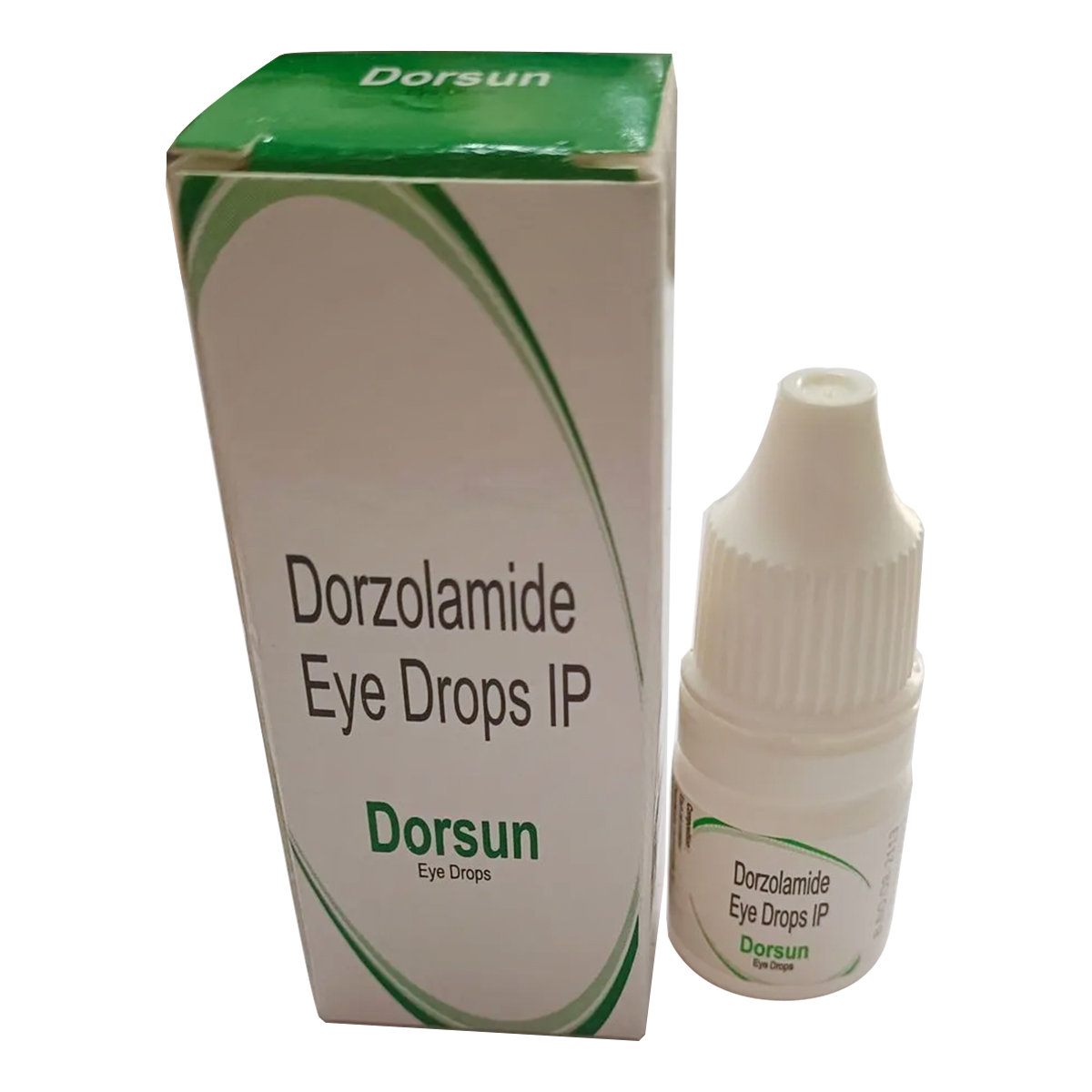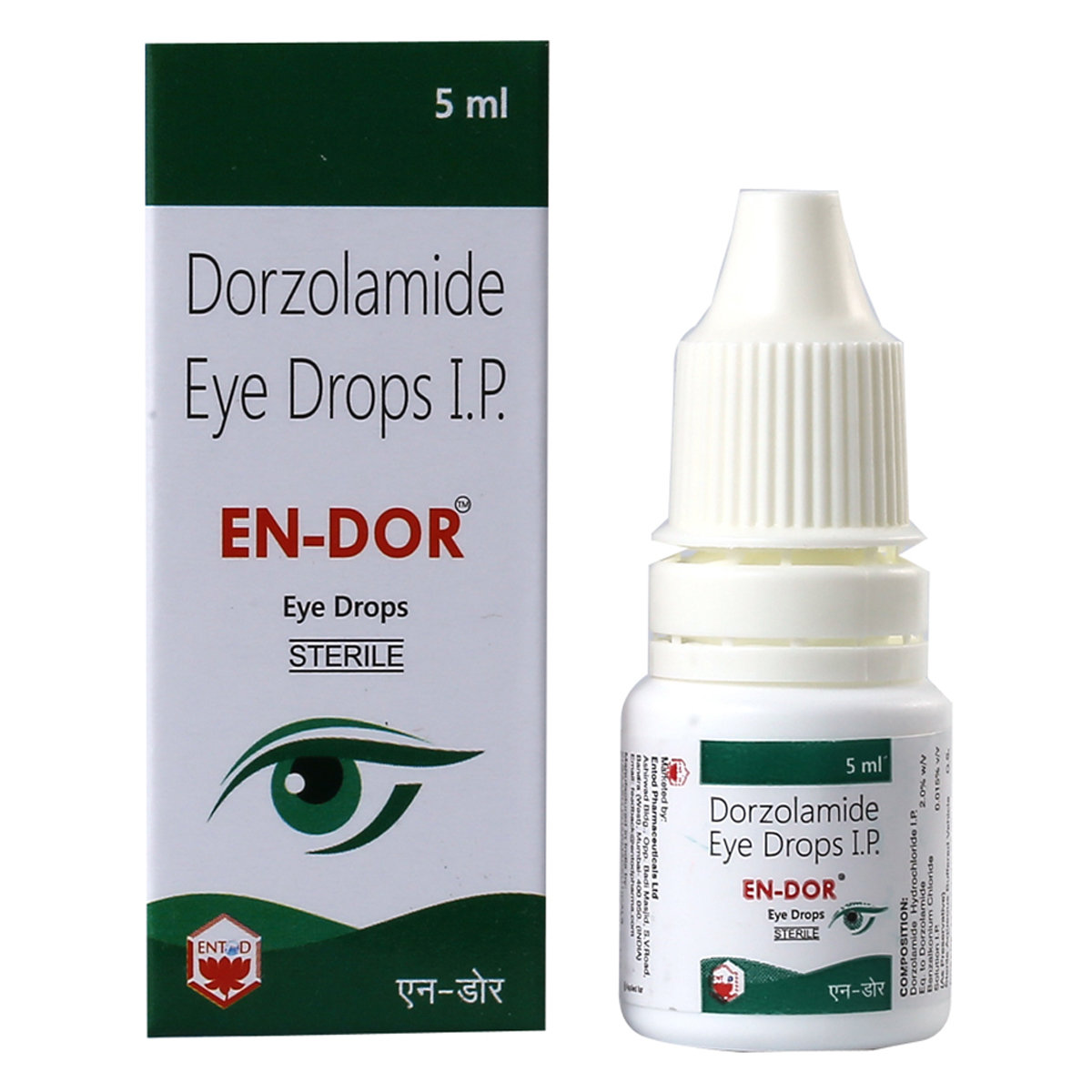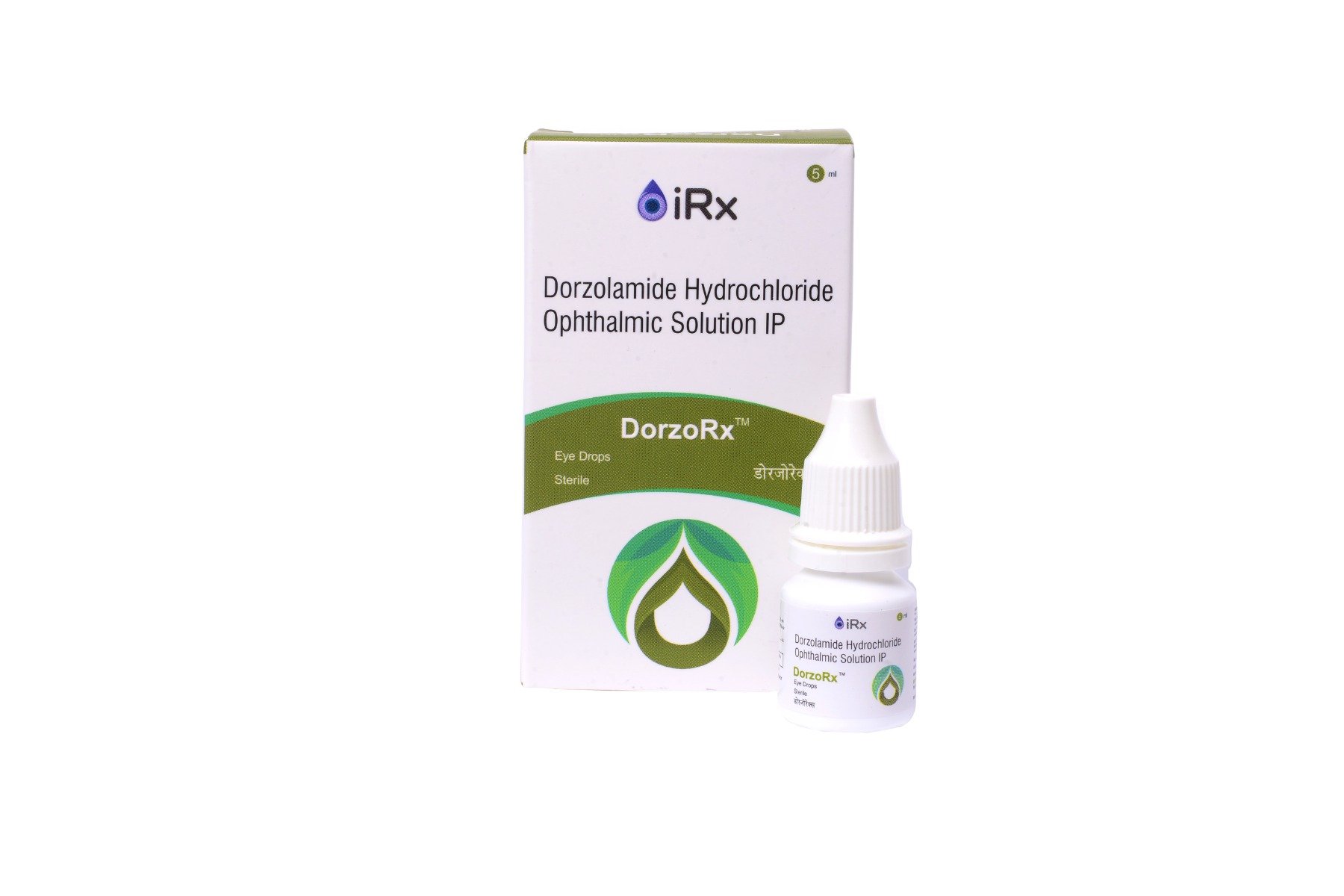Arodor Eye Drops 5 ml

MRP ₹281
(Inclusive of all Taxes)
₹42.1 Cashback (15%)
know your delivery time
Provide Delivery Location
Composition :
Manufacturer/Marketer :
Consume Type :
Expires on or after :
Return Policy :

Secure Payment

Trusted by 8 Crore Indians

Genuine Products
Therapeutic Class
Country of origin
Manufacturer/Marketer address
Disclaimer
Alcohol
Safe if prescribed
Alcohol is not known to cause any unpleasant side effects if taken along with Arodor Eye Drops 5 ml. But intake of alcohol with Arodor Eye Drops 5 ml may damage your liver. So intake of Arodor Eye Drops 5 ml should be avoided with Arodor Eye Drops 5 ml.
Pregnancy
Consult your doctor
Arodor Eye Drops 5 ml is a pregnancy Category C medicine. It may affect pregnant women or foetus. Hence, intake of Arodor Eye Drops 5 ml should be avoided if you are pregnant or planning to become pregnant as it may harm the baby.
Breast Feeding
Consult your doctor
Arodor Eye Drops 5 ml is excreted in human milk. But the amount of Arodor Eye Drops 5 ml absorbed by the nursing infant is unknown. So, should not be taken while breastfeeding.
Driving
Safe if prescribed
Arodor Eye Drops 5 ml can affect alertness and coordination. So, operating machinery which requires concentration should be avoided.
Liver
Consult your doctor
Arodor Eye Drops 5 ml to be taken with caution, especially if you have a history of Liver diseases/conditions. The dose may have to be adjusted by your doctor.
Kidney
Consult your doctor
Arodor Eye Drops 5 ml to be taken with caution, especially if you have a history of Kidney diseases/conditions. The dose may have to be adjusted by your doctor.
Children
Safe if prescribed
Arodor Eye Drops 5 ml can be given to children but under child specialist medical supervision. Arodor Eye Drops 5 ml is prescribed to the children to treat complicated urinary tract infections, anthrax infection, or plague infection.
Product Substitutes
About Arodor Eye Drops 5 ml
Arodor Eye Drops 5 ml belongs to a class of eye-related medicine called 'antiglaucoma' primarily used to treat increased pressure in the eye. It helps to prevent the gradual loss of vision or eyesight by lowering the increased pressure in the eyes. Glaucoma is an eye problem in which the optic nerve is damaged, thereby leading to increased eye pressure, and if left untreated, it can lead to permanent blindness.
Arodor Eye Drops 5 ml contains Dorzolamide, a carbonic anhydrase inhibitor. It works by lowering the pressure in the eye. Arodor Eye Drops 5 ml should be put only in the infected eye, and contact with the normal eye should be avoided.
Arodor Eye Drops 5 ml is for external use only. Before using it, break the seal and wash your hands to avoid infection. If you wear contact lenses, remove them before using Arodor Eye Drops 5 ml, and you can put them back 15 minutes after using Arodor Eye Drops 5 ml. You may sometimes experience blurred vision, a burning sensation, and a bitter taste in the mouth. Most of these side effects of Arodor Eye Drops 5 ml are temporary, do not require medical attention, and gradually resolve over time. However, if the side effects are persistent, reach out to your doctor.
Put Arodor Eye Drops 5 ml in your eyes only if the doctor has prescribed you. Never encourage self-medication or suggest your medicine to someone else. You should not stop taking Arodor Eye Drops 5 ml abruptly as it may increase eye pressure. Do not take the Arodor Eye Drops 5 ml if you are allergic to sulphonamides or have a severe kidney problem. Check with your doctor before starting Arodor Eye Drops 5 ml if you have dry eyes, cornea problem, or liver disease. Also, Arodor Eye Drops 5 ml does not stop Arodor Eye Drops 5 ml abruptly as it may lead to severe side effects. Do not take any other eye medication with Arodor Eye Drops 5 ml without consulting your doctor.
Uses of Arodor Eye Drops 5 ml
Medicinal Benefits Mweb
Key Benefits
Arodor Eye Drops 5 ml contains Dorzolamide, which is a carbonic anhydrase inhibitor. It is primarily used in treating the high pressure of the eye. It works by reducing the production of aqueous humour (fluid in the eye) and reducing eye pressure. Arodor Eye Drops 5 ml should be put only in the infected eye, and contact with the normal eye should be avoided.
Directions for Use
Side Effects of Arodor Eye Drops 5 ml
- Blurred vision
- Burning sensation
- Bitter taste in the mouth
Drug Warnings
Do not take Arodor Eye Drops 5 ml if you are allergic to dorzolamide, other antibiotics, or sulfa drugs. Inform your doctor about all the prescription and non-prescription medications you are taking, especially eye medications, products that contain aspirin, and vitamins. If you have a kidney, dry eye, cornea, or liver problem, are pregnant or breastfeeding, inform your doctor before starting Arodor Eye Drops 5 ml as a dose adjustment may be required. If you are taking any other eye medication, please tell your doctor prior. If you wear contact lenses, remove them before using Arodor Eye Drops 5 ml, and you can put them back 15 minutes after using Arodor Eye Drops 5 ml. Wash your hands properly before using Arodor Eye Drops 5 ml to avoid any infection.
Drug-Drug Interactions
Drug-Drug Interactions
Login/Sign Up
Taking Arodor Eye Drops 5 ml and Sodium salicylate together can increase the risk of side effects.
How to manage the interaction:
Although taking Arodor Eye Drops 5 ml and Sodium salicylate together can evidently cause an interaction, it can be taken if your doctor has suggested it. However, if you experience ringing in your ears, headache, feeling sick, feeling dizzy, confusion, or a fever, contact your doctor right away. Do not stop using any medications without first talking to your doctor.
Taking Arodor Eye Drops 5 ml with salsalate can increase the risk of side effetcs.
How to manage the interaction:
Taking Arodor Eye Drops 5 ml with Salsalate together can result in an interaction, but it can be taken if your doctor has advised it. However, if you experience a ringing sound in your ears, a headache, sickness, dizziness, or a fever, make sure to contact your doctor right away. Do not stop using any medications without a doctor's advice.
Taking aspirin with Arodor Eye Drops 5 ml may increase the risk of side effects.
How to manage the interaction:
Although there is a possible interaction between aspirin and Arodor Eye Drops 5 ml, you can take these medicines together if prescribed by a doctor. However, if you experience symptoms such as ringing in your ears, headache, nausea, vomiting, dizziness, confusion, or fever, contact a doctor immediately. Do not stop using any medications without consulting a doctor.
Coadministration of Arodor Eye Drops 5 ml and choline salicylate may increase risk of side effects.
How to manage the interaction:
Although taking Arodor Eye Drops 5 ml and choline salicylate together can result in an interaction, they can be taken together if prescribed by a doctor. However, if you experience any symptoms such as headache, vomiting, dizziness, rapid breathing, or fever, consult a doctor immediately. Do not stop using any medications without consulting a doctor.
Coadministration of Arodor Eye Drops 5 ml with Diflunisal may cause ringing in the ears, nausea, headache, vomiting, confusion, dizziness, rapid breathing, fever, hallucinations, or seizure (fits).
How to manage the interaction:
Taking Arodor Eye Drops 5 ml and diflunisal together can result in an interaction, but they can be taken together if prescribed by a doctor. Do not stop using any medications without first talking to your doctor.
Drug-Food Interactions
Drug-Food Interactions
Login/Sign Up
Drug-Diseases Interactions
Drug-Diseases Interactions
Login/Sign Up
When sulfonamides are administered to the skin, eye, or mucosal membranes, they may be absorbed systemically. Patients with porphyria should use topical sulfonamide therapy with caution because these medications can cause an acute attack. In patients with porphyria, the administration of oral sulfonamides is regarded as contraindicated.
How to manage the interaction:
Arodor Eye Drops 5 ml should be used with caution in patients with porphyria as it may cause an acute attack.
When sulfonamides are administered to the skin, eye, or mucosal membranes, they may be absorbed systemically. Although Stevens-Johnson syndrome, toxic epidermal necrolysis, and other severe dermatologic reactions are uncommon in general, using sulfonamides is linked to significant increases in risk. As a result of sulfonamide hypersensitivity, hepatitis, pneumonitis, and interstitial nephritis have also been reported. Individuals with severe allergies, bronchial asthma, or AIDS should be treated with caution with topical sulfonamides due to the possibility of potentially serious hypersensitivity reactions in these individuals.
How to manage the interaction:
Arodor Eye Drops 5 ml should be used with caution in patients with severe allergies, bronchial asthma or AIDS since these patients may be at increased risk for potentially severe hypersensitivity reactions. If you have severe headache, high fever, stomatitis (painful swelling and sores inside the mouth), rhinitis (stuffy nose), conjunctivitis (pink eye), urethritis (inflammation of the urethra), and balanitis (inflammation of the foreskin and head of the penis), contact your doctor immediately as these may be signs and symptoms of the Stevens-Johnson syndrome.
When sulfonamides are administered to the skin, eye, or mucosal membranes, they may be absorbed systemically. In addition to methemoglobinemia, sulfhemoglobinemia, leukopenia, granulocytopenia, eosinophilia, hemolytic anaemia, aplastic anaemia, purpura, coagulation problems, thrombocytopenia, hypofibrinogenemia, and hypoprothrombinemia, the use of sulfonamides has also been linked to hematologic damage. Patients who already have blood dyscrasias or marrow suppression should use topical sulfonamide therapy with caution.
How to manage the interaction:
Arodor Eye Drops 5 ml should be used with caution in patients with preexisting blood disorders or bone marrow suppression. Complete blood counts should be obtained regularly during prolonged therapy (more than 2 weeks). If you develop sore throat, fever, local infection, bleeding, pallor (pale skin), dizziness, or jaundice, contact your doctor immediately as these may be signs or symptoms of blood disease/disorder.
When sulfonamides are administered to the skin, eye, or mucosal membranes, they may be absorbed systemically. Due to the sulfonamide and/or its N4-acetyl metabolite precipitating in the urinary tract, the usage of sulfonamides has been linked to crystalluria. There have been reports of renal toxicity, including hematuria, proteinuria, increased BUN and creatinine, uro- and nephrolithiasis, nephritis, toxic nephrosis, and more. During the use of sulfonamides, hydration and sufficient urine output (> 1.5 L/day) should be maintained. Patients who are dehydrated (for example, from severe vomiting or diarrhoea) may be more susceptible to developing crystalluria and lithiasis, hence it is important to encourage them to drink more liquids. Regular urinalysis and renal function testing should be carried out throughout extended therapy (> 2 weeks).
How to manage the interaction:
Arodor Eye Drops 5 ml may be systemically absorbed when applied to the eye. Patients who are dehydrated are at increased risk for the development of crystalluria. Hence, hydration and adequate urinary output (greater than 1.5 L/day) should be maintained while using this medicine. Kidney function tests and urinalysis (urine test) should be performed regularly during prolonged therapy (more than 2 weeks).
When sulfonamides are administered to the skin, eye, or mucosal membranes, they may be absorbed systemically. Rarely have individuals using sulfonamides reported experiencing hepatotoxicity, including jaundice, diffuse hepatocellular necrosis, hypersensitivity hepatitis, and hepatic failure. Additionally, the liver only partially metabolises sulfonamides, which might build up in people with impaired liver function. Patients with liver illnesses should use topical sulfonamide therapy with caution.
How to manage the interaction:
Arodor Eye Drops 5 ml should be used with caution in patients with liver disease.
When sulfonamides are administered to the skin, eye, or mucosal membranes, they may be absorbed systemically. Sulfonamides and their metabolites are filtered out by the kidney after absorption. Due to slower medication clearance, patients with renal impairment may be more susceptible to sulfonamide side effects. Sulfonamides can also result in toxic nephrosis, hematuria, proteinuria, increased BUN, and creatinine levels, in addition to renal damage related to crystalluria. During the use of sulfonamides, hydration and sufficient urine output (> 1.5 L/day) should be maintained. Regular urinalysis and renal function testing should be carried out throughout extended therapy (> 2 weeks). Some producers of topical sulfonamide medications advise against using them in patients with compromised renal function.
How to manage the interaction:
Arodor Eye Drops 5 ml may be systemically absorbed when applied to the eye, and its metabolites are eliminated by the kidney. Hydration and adequate urinary output (greater than 1.5 L/day) should be maintained while using this medicine. Kidney function tests and urinalysis (urine test) should be performed regularly during prolonged therapy (more than 2 weeks).
When sulfonamides are administered to the skin, eye, or mucosal membranes, they may be absorbed systemically. Sulfonamides are ingested, then eliminated and concentrated in the urine. Patients who have urinary blockage or retention should receive topical sulfonamide therapy carefully since excessive medication accumulation may occur.
How to manage the interaction:
Arodor Eye Drops 5 ml may be systemically absorbed when applied to the eye and is excreted and concentrated in the urine. Hence, it should be used with caution in patients with urinary obstruction or retention since excessive drug accumulation may occur. Kidney function tests and urinalysis (urine test) should be performed regularly during prolonged therapy (more than 2 weeks).
Drug-Drug Interactions Checker List
- ASPIRIN
- ACETAZOLAMIDE
- TOPIRAMATE
- DICHLOROPHENAMIDE
- SODIUM SALICYCLATE
Habit Forming
Special Advise
Visit an optician regularly to monitor your eye pressure.
Diet & Lifestyle Advise
- Avoid alcoholic beverages with Arodor Eye Drops 5 ml as they can make you dehydrated and affect the eye pressure.
- Including heart-healthy omega-3 fatty acid-containing food drinks in your daily diet. You can also use low-fat cooking oil like olive oil, soybean oil, canola oil, and coconut oil.
- A diet including green and leafy vegetables, and fruits, helps to lower eye pressure.
- Regular moderate exercise and appropriate rest are important.
- Fruits and vegetables which contain Vitamin A and C help to improve vision and recover from the disease.
All Substitutes & Brand Comparisons
RX
Dorsun Eye Drops 5 ml
Sunways (India) Pvt Ltd
₹208
(₹37.44/ 1ml)
26% CHEAPERRX
Out of StockEyedor 2% Eye Drop
Salvador Visiontech Pvt Ltd
₹225
(₹40.5/ 1ml)
19% CHEAPERRX
Dorzox PF 2% Eye Drops 10ml
Cipla Ltd
₹497
(₹44.73/ 1ml)
11% CHEAPER
Buy best Ocular products by
Entod Pharmaceuticals Ltd
Ajanta Pharma Ltd
Sunways (India) Pvt Ltd
Sun Pharmaceutical Industries Ltd
Cipla Ltd
Micro Labs Ltd
Allergan Healthcare India Pvt Ltd
Intas Pharmaceuticals Ltd
Raymed Pharmaceuticals Ltd
Nri Vision Care India Ltd
FDC Ltd
Jawa Pharmaceuticals India Pvt Ltd
Indoco Remedies Ltd
Sapient Laboratories Pvt Ltd
Senses Pharmaceuticals Pvt Ltd
Centaur Pharmaceuticals Pvt Ltd
Neomedix Healthcare India Pvt Ltd
Aromed Pharmaceuticals
Optho Remedies Pvt Ltd
Aurolab
Austrak Pvt Ltd
Lupin Ltd
Mankind Pharma Pvt Ltd
Zivira Labs Pvt Ltd
Optho Pharma Pvt Ltd
Synovia Life Sciences Pvt Ltd
Akumentis Healthcare Ltd
Eyekare
His Eyeness Ophthalmics Pvt Ltd
Protech Remedies Pvt Ltd
Runyon Pharmaceutical Pvt Ltd
Alcon Laboratories Inc
Syntho Pharmaceuticals Pvt Ltd
Alembic Pharmaceuticals Ltd
Bell Pharma Pvt Ltd
Klar Sehen Pvt Ltd
Sentiss Pharma Pvt Ltd
Irx Pharmaceuticals Pvt Ltd
Optho Life Sciences Pvt Ltd
Phoenix Remedies Pvt Ltd
Alkem Laboratories Ltd
Doctor Wonder Pvt Ltd
Hicare Pharma
Ipca Laboratories Ltd
Neon Laboratories Ltd
Okulus Drugs India
Pharmtak Ophthalmics (I) Pvt Ltd
Berry & Herbs Pharma Pvt Ltd
Glow Vision Pharmaceuticals
Kaizen Drugs Pvt Ltd
Choroid Laboratories Pvt Ltd
Indiana Opthalamics Pvt Ltd
Optica Pharmaceutical Pvt Ltd
Pharmatak Opthalmics India Pvt Ltd
Samarth Life Sciences Pvt Ltd
Vibgyor Vision Care
Mofon Drugs
Novartis India Ltd
Pharmia Biogenesis Pvt Ltd
Zydus Cadila
Appasamy Ocular Devices Pvt Ltd
Leeford Healthcare Ltd
Medivision Pharma Pvt Ltd
Orbit Life Science Pvt Ltd
X-Med Royal Pharma Pvt Ltd
Zee Laboratories Ltd
Aarma Laboratories
Guerison MS Inc
Laborate Pharmaceuticals India Ltd
Xtas Pharmaceuticals
Accurex Biomedical Pvt Ltd
Blucrab Pharma Pvt Ltd
Does Health Systems Pvt Ltd
Flagship Biotech International Pvt Ltd
Lavue Pharmaceuticals Pvt Ltd
Nutrilis Healthcare Pvt Ltd
Ursa Pharm India Pvt Ltd
Vee Remedies
Vyonics Health Care India Pvt Ltd
Warren Pharmaceuticals Pvt Ltd
Abbott India Ltd
Accvus Pharmaceuticals
Akums Drugs & Pharmaceuticals Ltd
Cadila Healthcare Ltd
Carevision Pharmaceuticals Pvt Ltd
Dey's Medical Stores (Mfg) Ltd
East West Pharma India Pvt Ltd
Eyedea Pharmaceuticals Pvt Ltd
Nimbus Healthcare Pvt Ltd
Ocuris Pharmaceuticals Pvt Ltd
Sherings Pharmaceuticals
Tarks Pharmaceuticals Pvt Ltd
Vcan Biotech
Vision Medilink
Aice Health Care Pvt Ltd
Appasamy Pharmaceuticals Pvt Ltd
Asperia Lifescience Pvt Ltd
Beatum Healthcare Pvt Ltd
East India Pharmaceutical Works Ltd
Grevis Pharmaceutical Pvt Ltd










